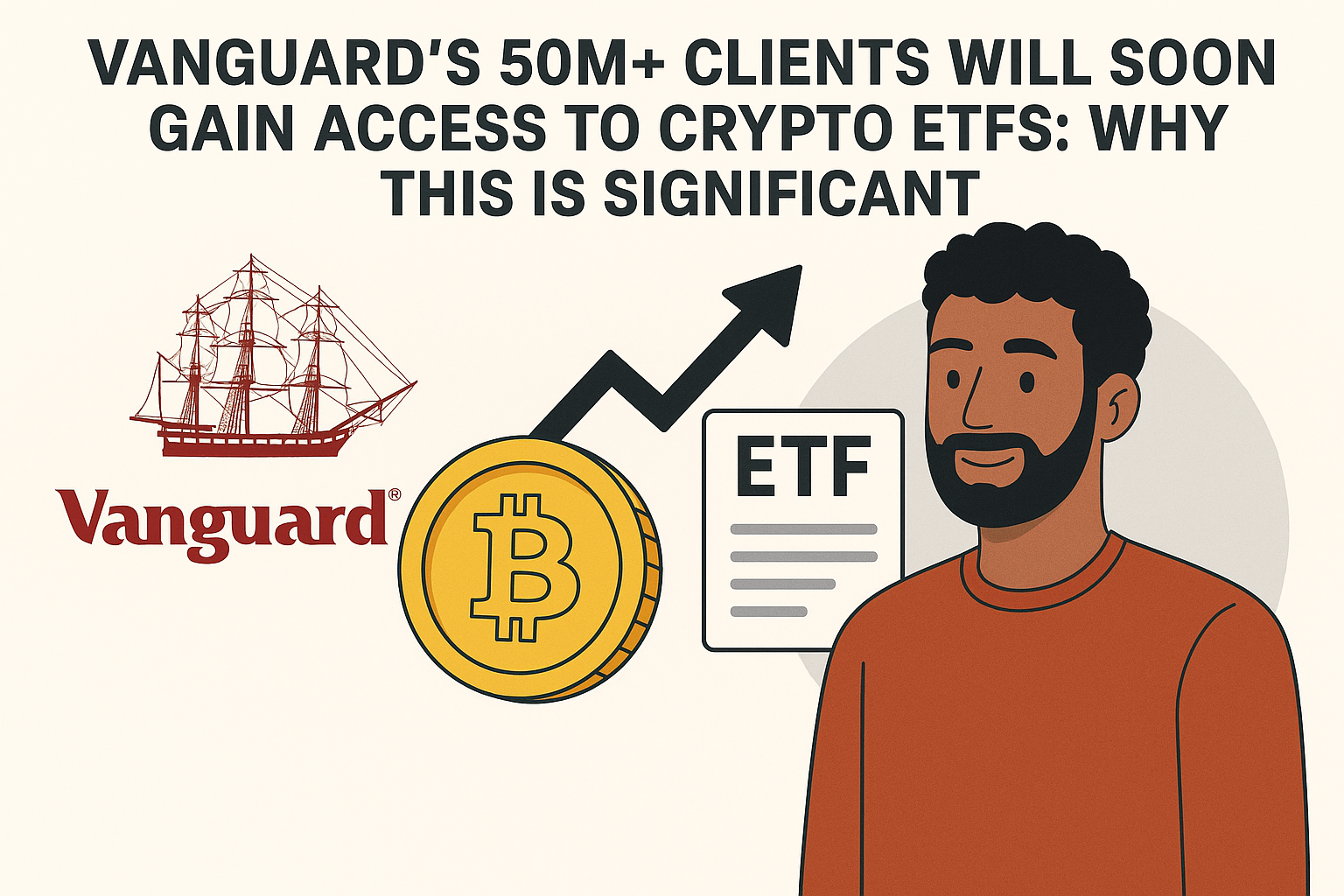Table of Contents
Navigating through the intricate world of cryptocurrency can be challenging, but 2024 is already showcasing pivotal trends that you need to know. Among the most talked-about developments are surges in dePIN coins like Filecoin and the rising influence of AI Coins. Observing these movements can help you stay ahead in the ever-evolving crypto market.
With cryptocurrencies like Ethereum experiencing significant price upticks, increasing more than 17.1% in July alone, your investment decisions could benefit from timely insights. To stay competitive, it's crucial to get the latest cryptocurrency news and understand the driving forces behind these market shifts.
Moreover, predictions indicate new all-time-highs for Bitcoin, driven by key events such as the halving and the introduction of spot Bitcoin ETFs. Armed with this knowledge, you can better navigate the market and make well-informed financial choices.
Evolving Regulatory Environment
The landscape of cryptocurrency regulation in 2024 is rapidly changing, with significant developments in SEC guidelines, global regulations, and the introduction of central bank digital currencies (CBDCs). These changes are shaping the industry, focusing on compliance, investor protection, and financial stability.
SEC Guidelines and Crypto Compliance
The SEC has introduced new guidelines to increase transparency and compliance in the crypto industry. In 2024, 11 spot bitcoin ETFs were approved, allowing them to trade legally in the U.S. These changes aim to provide clarity and protect investors from fraudulent schemes.
Compliance measures emphasize stricter auditing requirements for both centralized and decentralized exchanges. This increased oversight is intended to foster a more secure and regulated environment for digital asset trading.
Global Crypto Regulations and Impacts
Countries around the world are also tightening their cryptocurrency regulations. China remains stringent with bans on exchanges, trading, and crypto mining. On the other hand, India has lifted its previous ban, thanks to a Supreme Court decision in 2020, and is now implementing regulatory frameworks.
This evolving regulatory environment is leading toward more unified global standards, which could facilitate cross-border crypto transactions. The aim is to balance innovation with investor protection and financial stability.
Central Bank Digital Currencies (CBDCs)
Central banks are exploring the implementation of their own digital currencies. China’s digital yuan is a notable example, leading the way in the CBDC space. This digital currency aims to provide an alternative to decentralized cryptocurrencies and bring greater transparency and control to monetary policy.
CBDCs are seen as a way to counter the influence of decentralized cryptocurrencies, ensuring that central banks retain control over the financial system. They also promise faster and cheaper cross-border payments, enhancing the efficiency of the global financial system.
Innovation and Growth in Crypto Assets
The year 2024 brings significant developments in decentralized finance (DeFi), non-fungible tokens (NFTs), and blockchain technology. Investment trends indicate growing institutional interest, particularly in Bitcoin and Ethereum ETFs.
New Frontiers in DeFi and NFTs
This year, DeFi continues to push boundaries by introducing innovative financial products and decentralized exchanges. The emphasis is on creating more secure and user-friendly platforms to attract mainstream users. Staking, lending protocols, and yield farming offer new ways to earn returns on digital assets.
NFTs gain further traction with real-world applications beyond digital art. Tokenizing real-world assets (RWA) such as real estate and commodities becomes more prevalent. This development enables easier ownership transfer and enhanced liquidity in traditional markets. The convergence of DeFi and NFTs drives novel investment opportunities and expands the crypto ecosystem.
Expanding Horizons of Blockchain Technology
Blockchain technology evolves rapidly in 2024 with the focus on scalability and efficiency. Projects like Ethereum rollups and Bitcoin-centric solutions aim to handle more transactions at a lower cost. Rollup projects group multiple transactions into a single batch, reducing the load on the main blockchain.
BlackRock's USD Institutional Liquidity Fund (BUIDL) on Ethereum is an example of institutional use of blockchain. Institutions leverage blockchain for smart contracts and tokenization to enhance security and efficiency. The adoption by major financial entities underscores blockchain's growing credibility.
Investment Trends in Cryptocurrencies
Bitcoin ETFs approved by the SEC spark a bullish trend, attracting institutional investors. Bitcoin's legitimacy is further solidified, leading to increased market participation and growth in market cap.
Ethereum is expected to follow with its own ETF approval, which could further boost investment interest. Institutions are diversifying their portfolios to include multiple cryptocurrencies and blockchain-based assets. The focus is on long-term growth and stability, reflecting a mature approach toward digital assets. Corporate adoption and new regulatory frameworks play a crucial role in shaping these investment trends.
Conclusion
The cryptocurrency landscape in 2024 presents numerous opportunities and challenges. You can expect significant impacts from Ethereum's ETF approval and the latest Bitcoin halving event influencing market dynamics.
Security remains crucial as hackers target crypto wallets and accounts. By staying informed, you can navigate these developments effectively and leverage potential growth areas in the evolving crypto market landscape.








